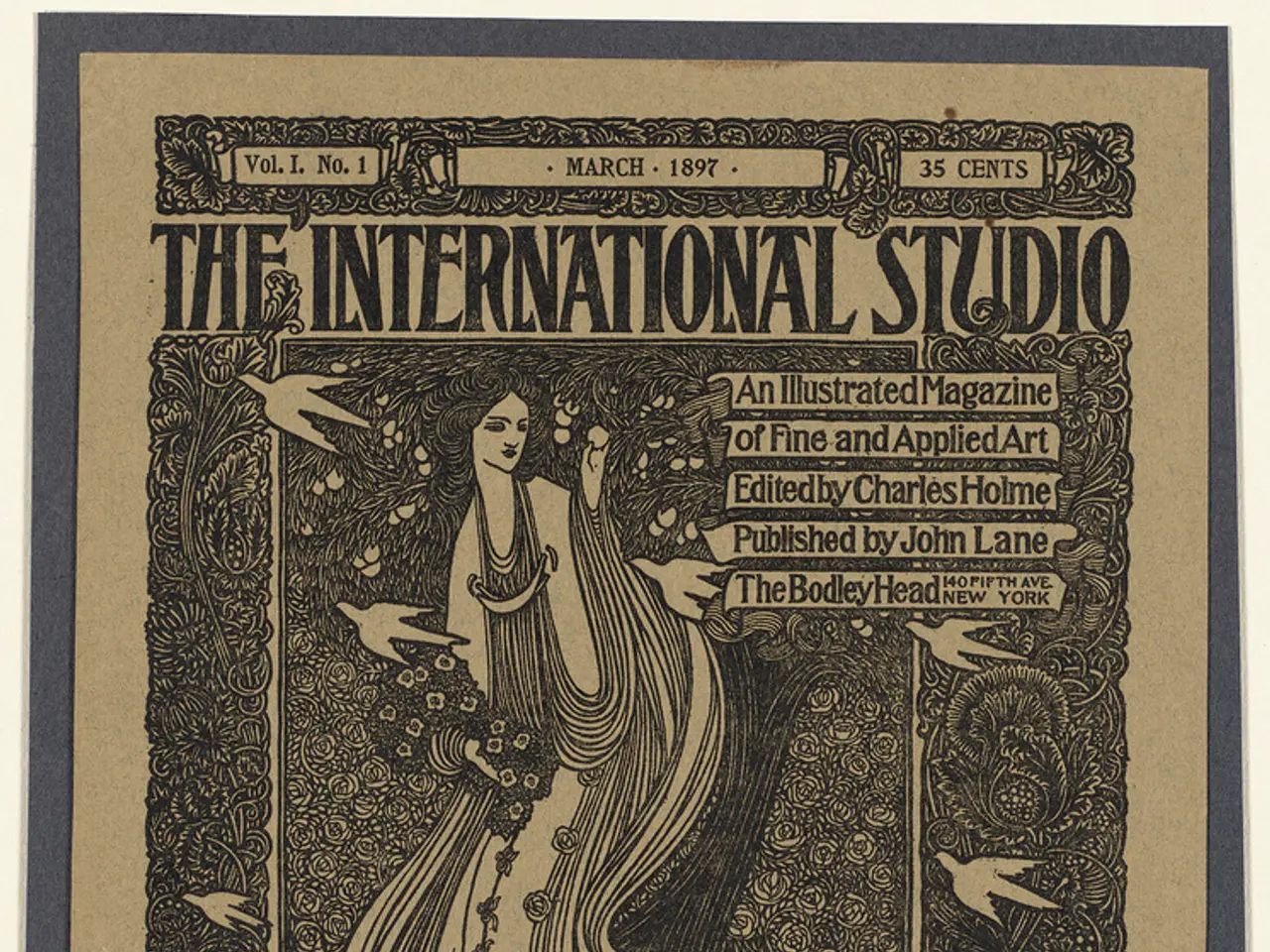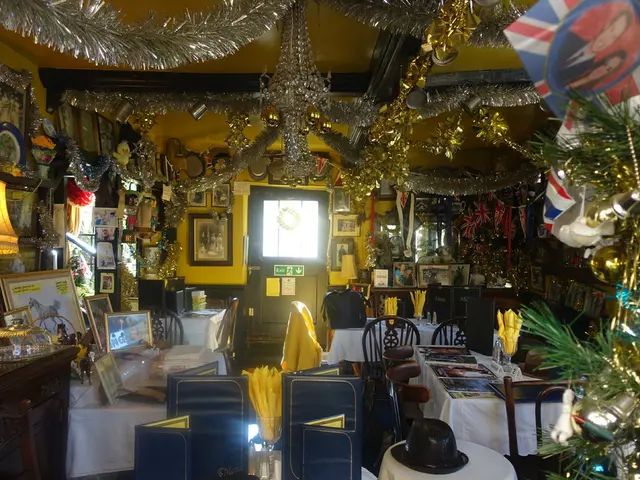Nine Notable Pieces of Art Created by Barbara Kruger
Barbara Kruger: A Powerful Voice in Contemporary Art
Barbara Kruger, a prominent American artist, has made a significant impact on the art world with her thought-provoking and politically charged works. Known for her distinctive style, Kruger critiques themes of power, consumer culture, and identity, using bold text phrases layered over black-and-white photographs.
In her 1987 piece, "Know Nothing, Believe Anything, Forget Everything," Kruger critiques mass media's influence on society, encouraging viewers to question the information they consume and the nature of belief in an era of information overload and manipulation. This work set the stage for a career characterized by challenging societal norms and the influence of advertising and media on individual identity and consumer behavior.
One of Kruger's most iconic works, "Untitled (Your body is a battleground)" (1989), features a close-up of a woman’s face overlaid with the provocative slogan, "Your body is a battleground." This piece addresses feminist issues and bodily autonomy, reflecting Kruger's commitment to interrogating power structures and gender roles.
Another notable work, "Untitled (I shop therefore I am)" (1987), critiques consumerism by linking identity with consumer habits in a catchy phrase that mimics philosophical aphorisms. This piece, along with "I Shop Therefore I Am" (1987), highlights Kruger's critique of consumer culture and its impact on identity.
Kruger's works also delve into the complex interplay of human emotions and societal influences. "Power Pleasure Desire Disgust" (1997) is a prime example, exploring the intricate relationships between these emotions and societal influences.
In "When I Hear the Word Culture, I Take Out My Checkbook" (1985) and "You Invest in the Divinity of the Masterpiece" (1982), Kruger critiques the commercialization of culture and art, highlighting the commodification of creativity and the cult of the masterpiece.
"You Are Not Yourself" (1981) challenges identity constructions in consumer culture, prompting reflection on the role of advertising and societal pressures in shaping one's sense of self. Meanwhile, "Money Can Buy You Love" (2017) critiques the commercialization of emotions and relationships, challenging the notion that love can be reduced to a commodity.
Kruger's signature style involves bold, black-and-white text superimposed on striking red backgrounds, embodying a feminist perspective and questioning cultural norms. This visual language forces viewers to question accepted social realities, as seen in works like "We don’t need another hero" and "The Globe Shrinks" (1990), which scrutinizes the globalizing impact of media and technology, highlighting the paradox of an interconnected world that also seems to diminish personal space and privacy.
In summary, Barbara Kruger’s art merges text and image to interrogate social power structures, consumerism, and identity formation, making her one of the most influential figures in contemporary critical art. Her uncompromising philosophy and distinctive style continue to resonate, challenging viewers to question societal norms and the influence of mass media.
In light of Barbara Kruger's critique of consumerism, conversations surrounding her works could naturally extend to other aspects of lifestyle, such as fashion-and-beauty and food-and-drink, as she explores the ways these industries shape our identities and beliefs. Her work "I Shop Therefore I Am" (1987) directly addresses the link between consumer habits and identity. Additionally, Kruger's art also delves into the home-and-garden domain by questioning the commercialization of culture and art, as seen in works like "When I Hear the Word Culture, I Take Out My Checkbook" (1985) and "You Invest in the Divinity of the Masterpiece" (1982). These works challenge viewpoints on the commodification of creativity within various aspects of everyday life.




